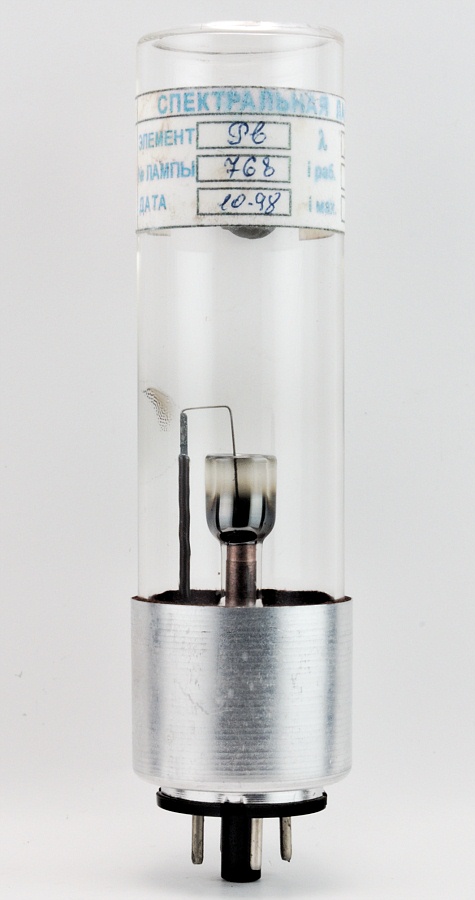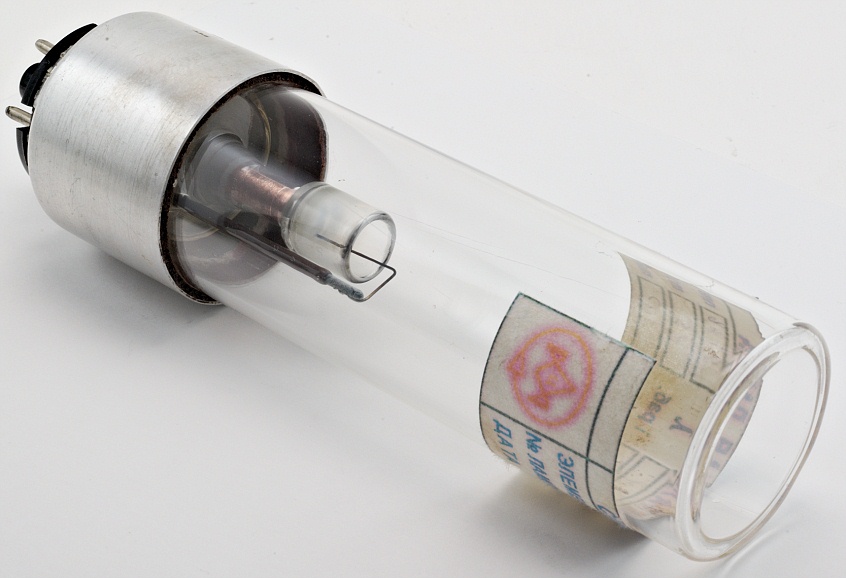

This lamp proved to be so successful that a similar type of lamp, using other cathodes which were not watercooled, was designed and built. This paper reports the use of hollow cathode lamp based atomic absorption spectroscopy technique to measure online. Zeeman and Butler (7) described a lead lamp with a water cooled cathode, which could be dismantled. It needs to be experimentally investigated. In these cases efficient outgassing of tubes has been achieved by the use of getters, but Walsh (6) has shown that, provided pure gas is used and careful outgassing of the tube is achieved, the use of a getter is not essential. The gas circulating system described by Tolansky (4) is not necessary, since sealed off hollow cathode tubes have successfully been made (2, 5). Several types of hollow-cathode lamps have been developed in the past. Of all light-sources available, it has been found to give the narrowest spectral lines with reasonable intensity, and it has the added advantage that it also provides very constant light output. One of the most important items of equipment necessary for atomic absorption spectroscopy (1-3) is the hollow cathode lamp.

Note: Author names will be searched in the keywords field, also, but that may find papers where the person is mentioned, rather than papers they authored.Use a comma to separate multiple people: J Smith, RL Jones, Macarthur.

#HOLLOW CATHODE LAMP CODE#

1, and illustrates the ease with which stable hollow-cathode discharges can be obtained from a variety of cathode materials. HTS Code 7304-Tubes, pipes and hollow profiles, seamless. This note describes the performance, based on four years of experience, of the flow-through type of lamp shown in Fig. 8541401000 LED (light-mitting diode) 8539100000 Sealed beam lamp 8537109090 LED Controller. Interchangeable cathode lamps are extremely useful for laboratories engaged in varying types of analysis, particularly of the “one-off” type. 1,2 refer to an interchangeable cathode lamp constructed from metal with a continuous inert-gas flow. Although the lamps have been mainly the sealed-off type, two reports by Koirtyohann et al. Without the hollow cathode lamp, sharp absorption peaks due to isolated wavelengths would be much more difficult to obtain. Hollow-cathode lamps have been used almost exclusively as emission sources in atomic-absorption spectrometry. Through the principle of quantization of energy, a hollow cathode lamp emits very specific wavelengths of light that then is transmitted through the sample of interest to determine concentration of the desired analyte.


 0 kommentar(er)
0 kommentar(er)
